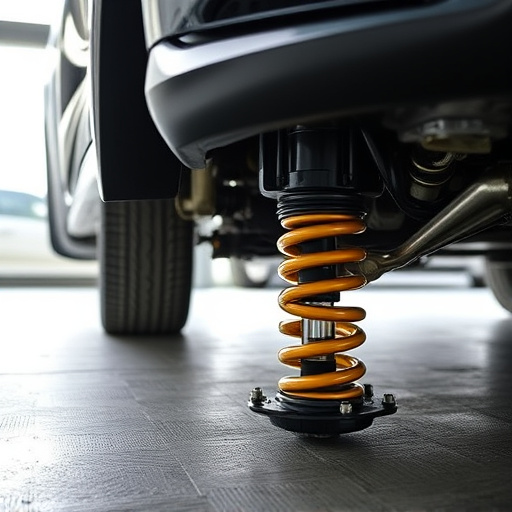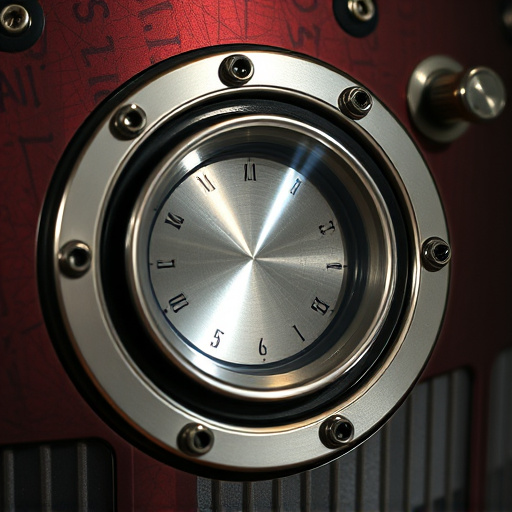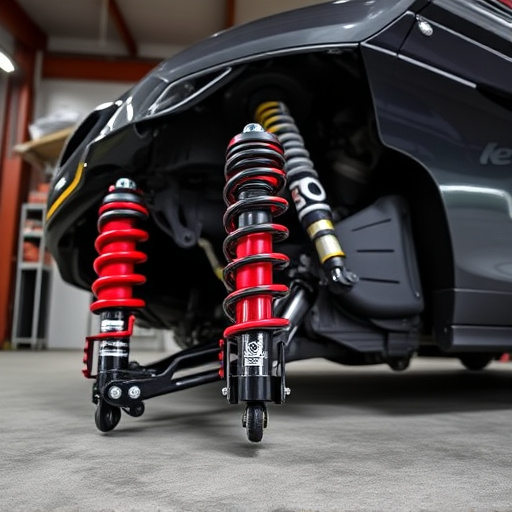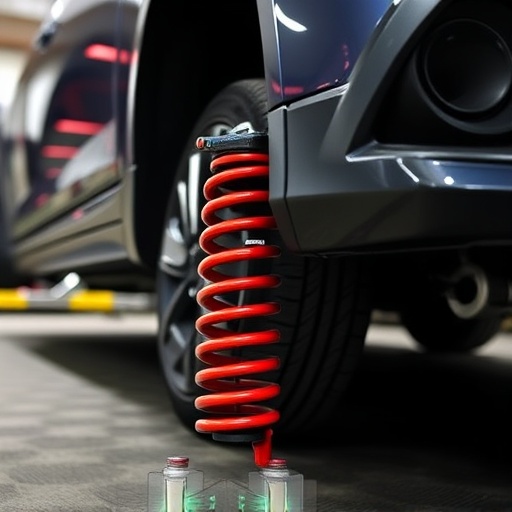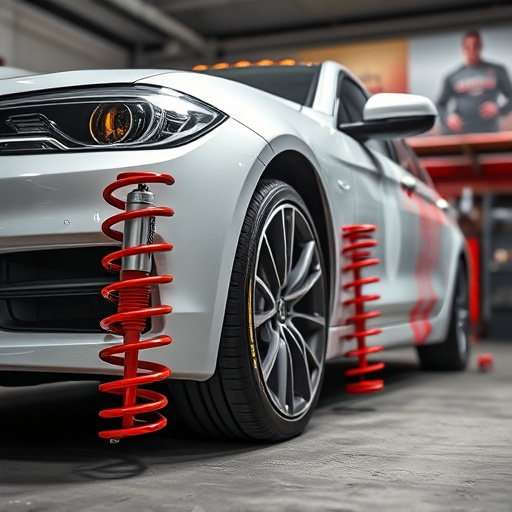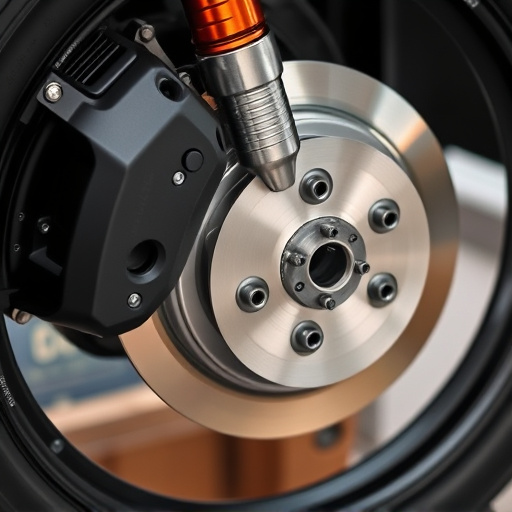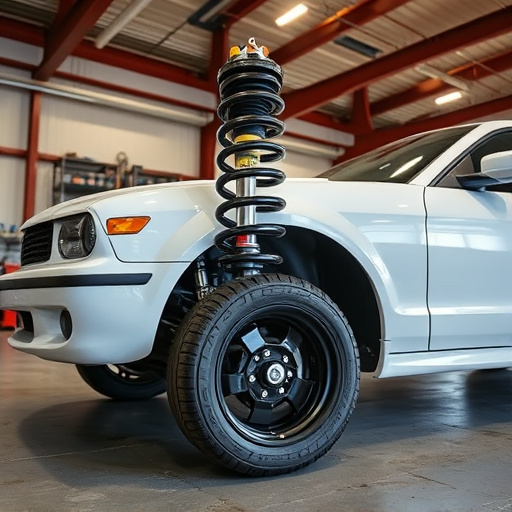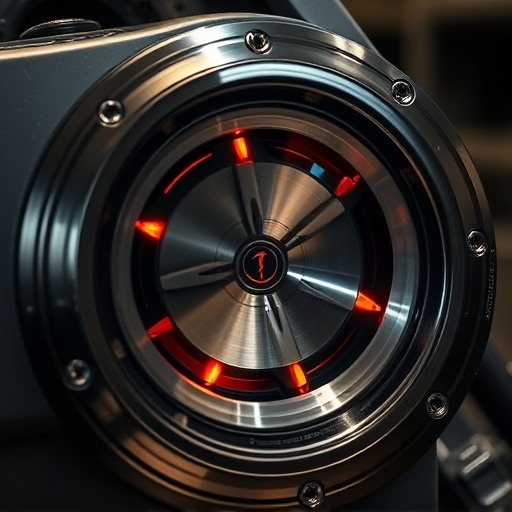Brake pads and rotors, essential for a vehicle's braking system, degrade over time due to friction, heat, metal abrasion, extreme temperatures, moisture, and aggressive driving. Excessive wear, indicated by noises or pedal vibrancy, poses safety risks. Regular visual inspections and checks for debris in suspension components and air intakes are crucial to prevent accelerated wear, ensuring optimal braking performance and averting damage.
“Learning how to prevent brake pad and rotor wear is essential for maintaining optimal vehicle safety and performance. Brake systems are among the most critical components of any car, ensuring controlled stopping. Over time, however, pads and rotors experience wear and tear, impacting braking efficiency. This article guides you through understanding the causes and signs of excessive wear, offering practical maintenance tips, and introducing advanced strategies to prolong brake pad and rotor life. By adopting these measures, drivers can navigate the roads with enhanced peace of mind.”
- Understanding Brake Pad and Rotor Wear
- – Causes of wear and tear on brake pads and rotors
- – How to identify signs of excessive wear
Understanding Brake Pad and Rotor Wear
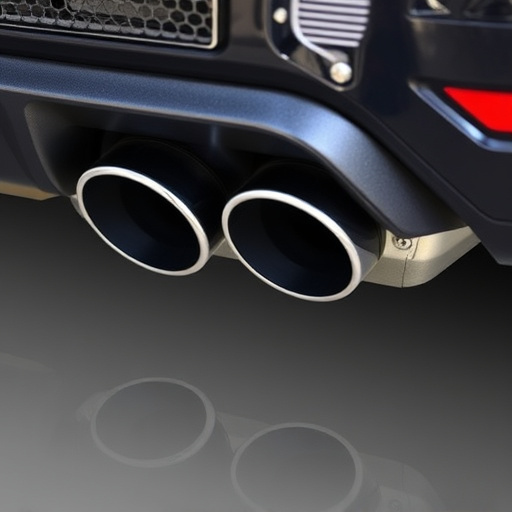
Brake pads and rotors are integral components of a vehicle’s braking system. Over time, these parts undergo wear and tear due to constant friction and pressure during braking. Brake pad wear is typically measured in millimeters, with manufacturers providing recommended replacement intervals based on their performance and composition. Normal wear leads to the gradual reduction of the brake pad’s thickness, while severe or accelerated wear can indicate issues like contamination, improper installation, or excessive braking forces.
Brake rotors, on the other hand, experience a different kind of wear. They tend to become thinner due to friction and heat over time, which can lead to reduced braking performance if not addressed. Unlike brake pads, rotors are usually more durable but can be affected by factors such as rust, environmental conditions, and even the quality of air intake systems. High-performance vehicles equipped with powerful engines and demanding driving styles may require more frequent inspection and replacement of both brake pads and rotors, alongside regular maintenance checks to ensure optimal performance from their high-performance parts.
– Causes of wear and tear on brake pads and rotors
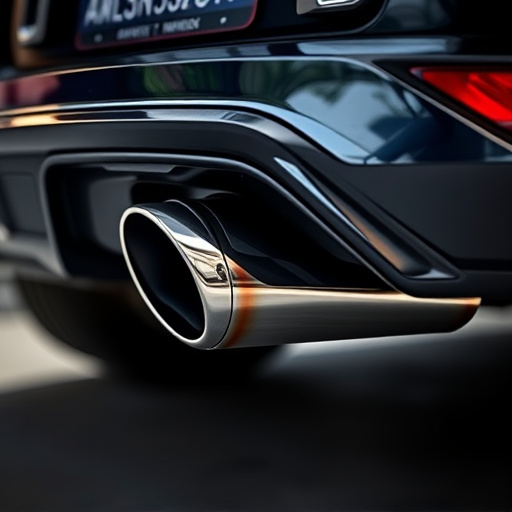
Brake pads and rotors are among the most crucial components of a vehicle’s braking system, responsible for slowing down and stopping the wheels. However, they are subject to significant wear and tear over time due to several factors. One of the primary causes is the constant friction and heat generated during braking, which can lead to the gradual disintegration of the brake pads. The physical contact between the pad and rotor also contributes to metal-on-metal abrasion, accelerating wear.
Additionally, environmental conditions play a significant role in brake pads and rotors’ longevity. Exposure to harsh weather, such as extreme heat or cold, along with prolonged periods of moisture, can accelerate corrosion on both components. Even more, driving habits, including aggressive braking and frequent stops, put extra strain on these parts, leading to increased wear. The design and quality of the vehicle’s air intake systems and intake components can also indirectly affect brake performance by influencing airflow dynamics, which in turn can impact the overall health of brake components.
– How to identify signs of excessive wear
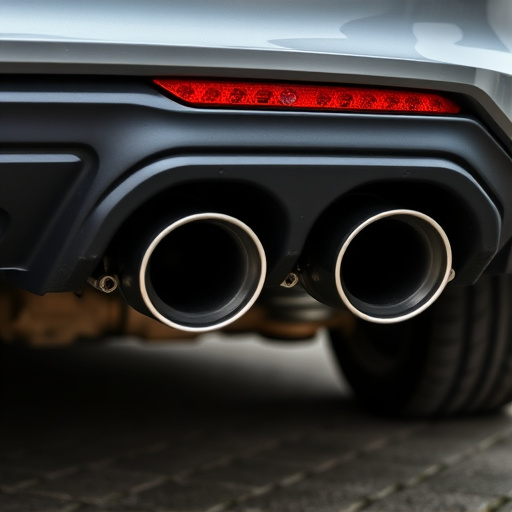
Excessive wear on brake pads and rotors can be easily overlooked until it becomes a safety hazard. One of the primary signs to look out for is a high-pitched squealing or grinding noise during braking, which indicates that the pads have thinned significantly and may be beyond their useful life. Visual inspection can also reveal notable changes in the pad’s appearance; if they are worn down, discolored, or show signs of cracking, it’s time to replace them. Moreover, pulling or vibrancy in the brake pedal when applying brakes can point towards worn-out rotors.
Regularly checking your vehicle’s suspension components and air intake systems for any debris or damage is crucial. Debris trapped within these areas can accelerate wear on brake pads and rotors by causing increased friction and uneven braking. Keep an eye out for particles or metal shavings in the brake fluid, which could be a result of worn-out rotors, and ensure prompt maintenance to prevent further damage.
Regular maintenance is key to preventing brake pad and rotor wear. By understanding the causes of wear and identifying early signs, you can take proactive steps to prolong their lifespan. This includes choosing high-quality brake parts, maintaining proper vehicle alignment, and scheduling frequent brake inspections. Remember, well-maintained brakes not only enhance safety but also contribute to a smoother and more efficient driving experience.


